Home>Articles>How To Stop A Duvet Cover From Tangling In The Dryer


Articles
How To Stop A Duvet Cover From Tangling In The Dryer
Modified: February 26, 2024
Learn effective techniques to prevent your duvet cover from tangling in the dryer. Read our informative articles and say goodbye to tangled bedding.
(Many of the links in this article redirect to a specific reviewed product. Your purchase of these products through affiliate links helps to generate commission for Storables.com, at no extra cost. Learn more)
Introduction
Duvet covers are a popular choice for bedding due to their versatility and ease of care. However, one common frustration for many people is when duvet covers become tangled in the dryer. Not only can this lead to a time-consuming and frustrating untangling process, but it can also result in potential damage to the fabric.
In this article, we will explore the reasons why duvet covers tend to tangle in the dryer and provide you with practical tips and tricks to prevent this from happening. By following these guidelines, not only will you save time and energy, but you will also prolong the life of your duvet cover and maintain its overall quality.
Key Takeaways:
- Prevent duvet cover tangling by preparing it properly before drying, using fabric softeners, and avoiding overloading the dryer. Choose the right drying setting and consider using dryer balls for a tangle-free experience.
- Implement preventive measures for future washes, such as securing closures, separating delicate fabrics, and using a mesh laundry bag. By taking these steps, you can maintain the quality of your duvet cover and prevent tangling in the long run.
Understanding why duvet covers tangle in the dryer
Duvet covers, like any other fabric, are prone to tangling in the dryer due to several factors. One of the main reasons is the nature of the material itself. Duvet covers are typically made from lightweight and slippery fabrics such as cotton, polyester, or a blend of both. These materials can easily twist and turn during the drying process, resulting in a tangled mess.
Another contributing factor is the movement of the dryer. The rotation and agitation of the drum can cause the duvet cover to twist and knot together, especially if it is not properly prepared before drying. Additionally, if the duvet cover is overloaded in the dryer, there is less space for the fabric to move freely and a higher chance of tangling.
Static electricity can also play a role in causing duvet covers to tangle. When fabrics rub against each other in the dryer, they can generate static electricity, which can attract and bind the fabric fibers together. This static cling can lead to a tangled mess that is difficult to untangle.
Lastly, improper drying settings can contribute to the tangles. Drying at high heat or for an extended period can cause the fabric to shrink, warp, or become overly wrinkled, increasing the likelihood of tangling. It is important to choose the right drying setting to ensure gentle and efficient drying of your duvet cover.
By understanding these factors, you can take appropriate measures to prevent your duvet cover from tangling in the dryer. In the following sections, we will discuss practical steps you can take to combat this issue and keep your duvet cover in pristine condition.
Preparing the duvet cover for drying
Properly preparing your duvet cover before placing it in the dryer can greatly reduce the chances of it becoming tangled. Follow these steps to ensure a smooth drying process:
- Close all zippers and buttons: Before you put your duvet cover in the dryer, make sure to securely close all zippers and buttons. This will help prevent the cover from getting caught on other items in the dryer and minimize the risk of tangling.
- Shake out the duvet cover: Give your duvet cover a good shake to loosen any wrinkles or folds before placing it in the dryer. This will help the fabric to fall naturally and reduce the chances of it getting twisted during the drying process.
- Smooth out any wrinkles: Take a few moments to smooth out any visible wrinkles on the duvet cover. This will ensure that the fabric dries evenly and reduces the likelihood of tangling. If necessary, use a handheld steamer or iron on a low setting to remove stubborn wrinkles.
- Secure the ends: If your duvet cover has ties or fasteners at the corners or edges, make sure to secure them tightly. This will help keep the fabric in place and minimize movement and twisting in the dryer.
By following these preparatory steps, you can significantly reduce the risk of your duvet cover tangling in the dryer. Taking a few extra moments to properly prepare the cover will save you time and frustration in the long run.
Using fabric softeners or dryer sheets
Fabric softeners and dryer sheets are widely used to enhance the softness and freshness of laundry. They can also be helpful in reducing the chances of duvet covers tangling in the dryer. Here’s how you can use them effectively:
- Add fabric softener to the wash: When washing your duvet cover, add a small amount of liquid fabric softener to the rinse cycle. This will help make the fabric more slippery and reduce the friction between the fibers, making it less likely to tangle during the drying process.
- Place a dryer sheet in the dryer: Prior to starting the drying cycle, toss a dryer sheet into the dryer along with your duvet cover. The anti-static properties of the dryer sheet can help reduce static cling between the duvet cover and other fabrics, minimizing tangling.
It’s important to note that while fabric softeners and dryer sheets can be effective in preventing tangling, some people may prefer to avoid using them due to potential chemical sensitivities or concerns about the impact on the environment. In that case, there are alternative methods you can try to reduce the risk of tangling in the dryer.
By utilizing fabric softeners or dryer sheets, you can significantly reduce the chances of your duvet cover tangling in the dryer. The added slipperiness and anti-static properties can make a noticeable difference in the overall drying process, keeping your duvet cover smooth and tangle-free.
Avoiding overloading the dryer
One common mistake that often leads to duvet covers tangling in the dryer is overloading. To prevent this issue, it’s important to follow these guidelines:
- Leave enough space: Avoid stuffing your duvet cover along with a large load of other laundry items in the dryer. Make sure to leave enough space for the duvet cover to move freely. Overcrowding the dryer restricts airflow and increases the likelihood of tangling.
- Dry in batches: If you have multiple duvet covers to dry, it’s best to dry them in batches rather than all at once. This ensures that each duvet cover has enough space to tumble and prevents them from getting entangled with each other.
- Separate heavy and lightweight items: Do not mix heavy or bulky items, such as towels or blankets, with your duvet cover in the dryer. The weight and movement of these items can cause the duvet cover to twist and tangle. Separate heavy items and dry them separately to avoid any potential damage to your duvet cover.
By avoiding overloading the dryer, you allow sufficient room for the duvet cover to move freely and reduce the chances of it becoming tangled. Remember that proper airflow is essential for efficient drying and preventing tangling of your duvet cover.
To prevent a duvet cover from tangling in the dryer, try fastening the corners of the cover together with safety pins or clips before placing it in the dryer. This will help to keep the cover from twisting and tangling during the drying cycle.
Read more: How To Stop Ground Cover From Spreading
Choosing the right drying setting
Selecting the appropriate drying setting on your dryer is crucial to prevent duvet covers from tangling. Follow these tips to ensure you choose the right setting for your duvet cover:
- Opt for a gentle cycle: Look for a drying setting that is labeled as gentle or low heat. High heat can cause the fabric of your duvet cover to shrink or become distorted, increasing the likelihood of tangling. A gentle cycle, on the other hand, provides a more delicate drying process that minimizes the risk of damage and tangling.
- Consider air-drying: If your duvet cover is made of delicate or sensitive fabric, you may want to consider air-drying it instead of using a dryer. Hang the duvet cover on a clothesline or drying rack to allow it to dry naturally. Air-drying eliminates any movement or friction that can lead to tangling.
- Use a lower spin speed: If your dryer allows you to adjust the spin speed, select a lower setting. High spin speeds can cause the duvet cover to become tightly twisted and tangled. By reducing the spin speed, you minimize the chances of tangling when the fabric is in motion.
Choosing the right drying setting is essential to avoid tangling and maintain the quality of your duvet cover. Take the time to assess the fabric and adjust the drying settings accordingly, ensuring that your duvet cover receives the gentle treatment it needs.
Utilizing dryer balls or clean tennis balls
Dryer balls or clean tennis balls can be incredibly useful in preventing duvet covers from tangling in the dryer. These balls provide extra movement and agitation in the dryer, helping to keep the fabric of your duvet cover separated and tangle-free. Here’s how you can use them effectively:
- Add dryer balls to the dryer: Place a few dryer balls or clean tennis balls in the dryer along with your duvet cover. The balls will bounce around during the drying cycle, creating separation between the fabric and reducing the chances of tangling. Make sure that the balls are clean and free from any dirt or debris that could transfer onto your duvet cover.
- Consider using wool dryer balls: Wool dryer balls are a popular choice due to their ability to absorb moisture and reduce drying time. Furthermore, their texture and shape provide additional agitation to the fabric, preventing tangling. If using wool dryer balls, you can also add a few drops of essential oil to impart a fresh scent to your duvet cover.
Dryer balls or clean tennis balls can significantly improve the drying process by helping to keep your duvet cover separate and prevent tangling. The added movement and agitation they provide enhance the airflow and reduce the chances of the fabric becoming entangled. Plus, they are a more environmentally-friendly alternative to chemical-based fabric softeners or dryer sheets.
Reverse drying technique
The reverse drying technique is a simple yet effective method to prevent duvet covers from tangling in the dryer. By reversing the direction of the drying process, you can minimize the chances of the fabric getting twisted or tangled. Here’s how you can employ the reverse drying technique:
- Start with inside out: Before placing your duvet cover in the dryer, turn it inside out. This will expose the inner side of the cover, which is typically smoother and less prone to tangling. As a result, it reduces the risk of the fabric getting twisted and knotted during the drying process.
- Reverse the cover halfway through: Midway through the drying cycle, pause the dryer and take out the duvet cover. Flip it right-side out so that the outer surface is now exposed. Resuming the drying process with the cover in the correct orientation allows the fabric to finish drying evenly and minimizes any potential tangling.
The reverse drying technique is a simple but effective way to prevent your duvet cover from tangling in the dryer. By starting with the cover inside out and then flipping it halfway through the drying cycle, you ensure that both sides of the fabric receive equal drying time while reducing the chances of tangles and knots.
Taking preventive measures for future washes
To ensure that your duvet cover stays tangle-free during future washes, it’s important to implement preventive measures. By following these tips, you can minimize the risk of tangling and keep your duvet cover in excellent condition:
- Secure closures before washing: Before tossing your duvet cover in the washing machine, ensure that all zippers, buttons, or ties are securely fastened. This prevents them from getting caught on other items in the machine and reduces the chances of tangling.
- Separate delicate fabrics: If your duvet cover is made of delicate or lightweight fabric, consider washing it separately from heavier or rougher textiles. Mixing different fabrics together can lead to increased friction and tangling. Separate delicate fabrics to minimize the risk of your duvet cover getting tangled.
- Use a mesh laundry bag: Placing your duvet cover inside a mesh laundry bag provides an extra layer of protection during the washing process. The bag helps to contain the duvet cover, reducing the chances of it getting twisted or tangled with other garments in the machine.
- Choose a gentle washing cycle: Opt for a gentle or delicate cycle when washing your duvet cover. A gentle cycle provides a more gentle and slower agitation process, minimizing the risk of your duvet cover becoming tangled or damaged during the wash.
- Hang to dry: Whenever possible, air-dry your duvet cover instead of using the dryer. Hanging it on a clothesline or drying rack allows the fabric to dry naturally without any movement or agitation that can lead to tangling. This method is especially effective for delicate fabrics that require extra care.
By implementing these preventive measures, you can maintain the quality and longevity of your duvet cover. Taking proper care during future washes will minimize the risk of tangling and ensure that your duvet cover remains in optimal condition for years to come.
Read more: What Is A Duvet Cover
Conclusion
Tangling duvet covers in the dryer can be a frustrating experience, but by following the tips and techniques outlined in this article, you can ensure that your duvet covers remain tangle-free and in excellent condition.
Understanding why duvet covers tangle in the dryer, such as the nature of the fabric and the movement of the dryer itself, is crucial. It allows you to take appropriate measures to prevent tangling in the first place. Preparing the duvet cover properly, using fabric softeners or dryer sheets, avoiding overloading the dryer, selecting the right drying setting, utilizing dryer balls or clean tennis balls, and employing the reverse drying technique are all effective strategies to minimize tangling.
Additionally, taking preventive measures for future washes, such as securing closures, separating delicate fabrics, using a mesh laundry bag, choosing a gentle washing cycle, and opting for air-drying, will help maintain the quality of your duvet covers and prevent tangling in the future.
By incorporating these tips into your laundry routine, you can save time, energy, and frustration. Your duvet covers will remain tangle-free, allowing you to enjoy their comfort and freshness for years to come.
Remember to always check the specific care instructions for your duvet cover, as different fabrics may have different requirements. With proper care and attention, you can keep your duvet covers looking and feeling their best, and enjoy a hassle-free drying experience.
Frequently Asked Questions about How To Stop A Duvet Cover From Tangling In The Dryer
Was this page helpful?
At Storables.com, we guarantee accurate and reliable information. Our content, validated by Expert Board Contributors, is crafted following stringent Editorial Policies. We're committed to providing you with well-researched, expert-backed insights for all your informational needs.

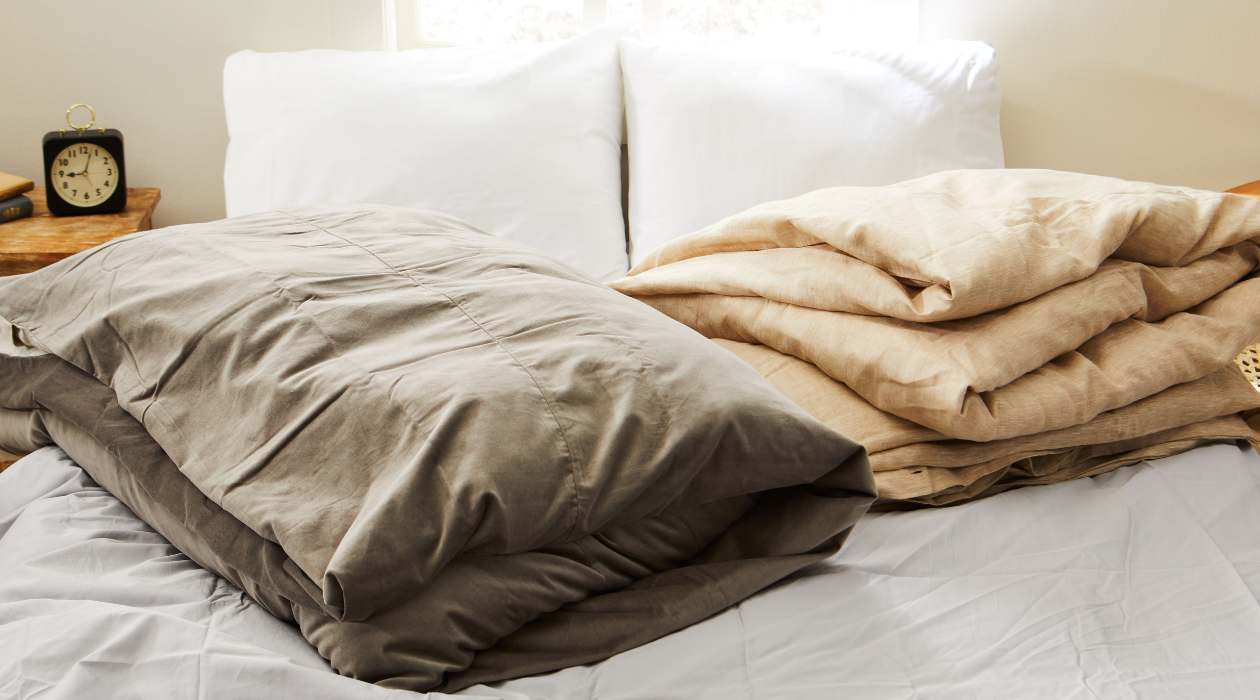

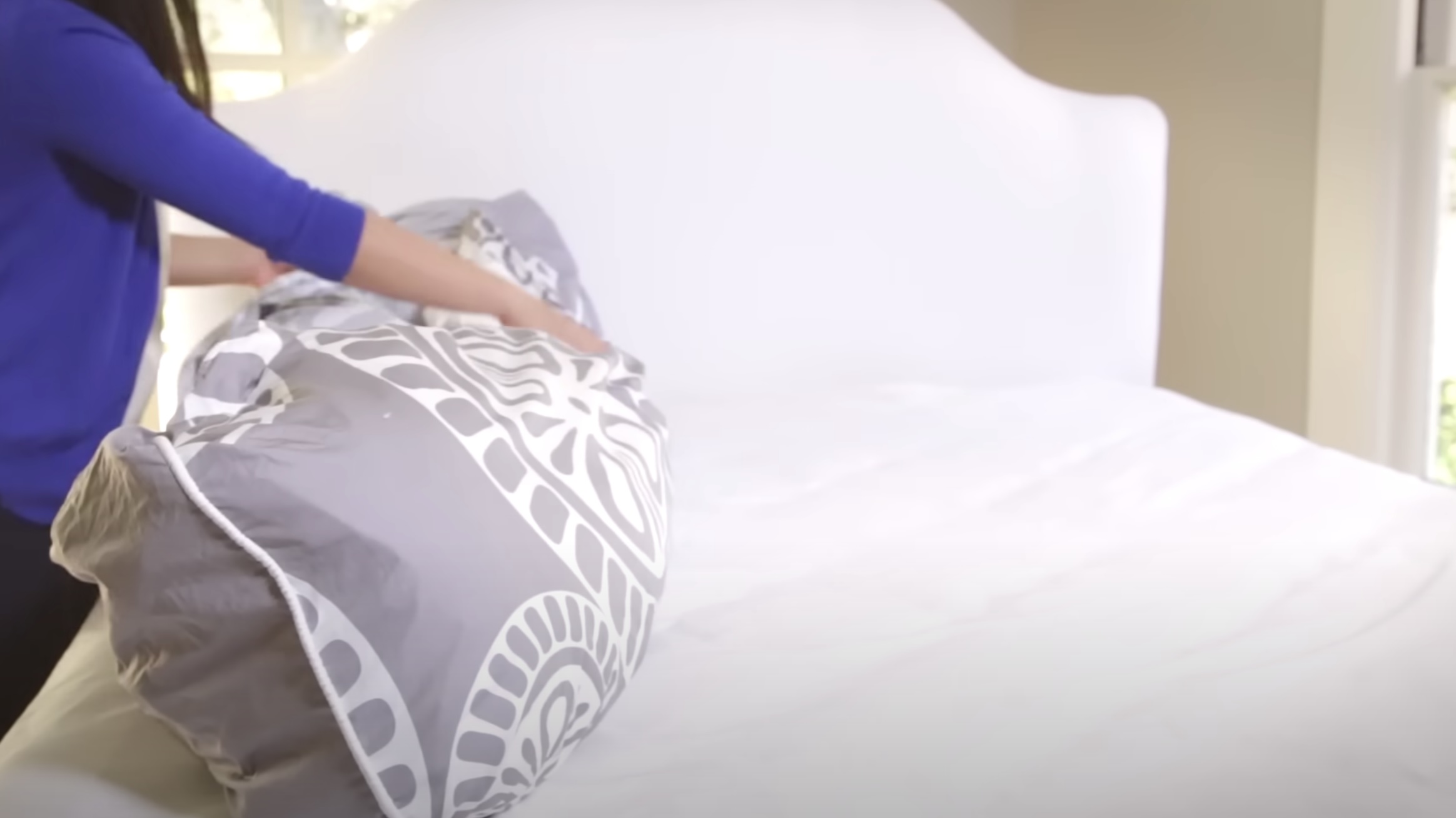


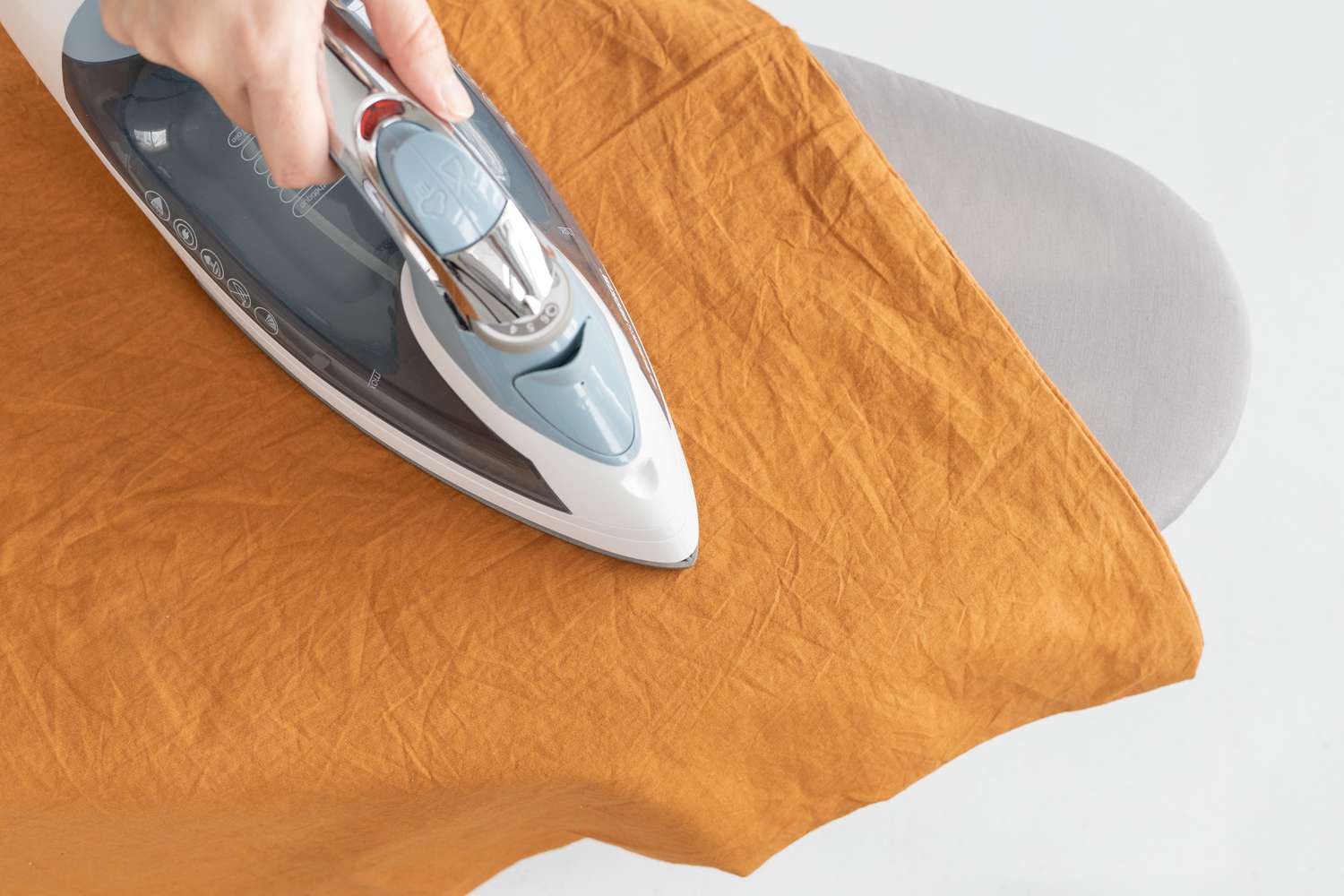
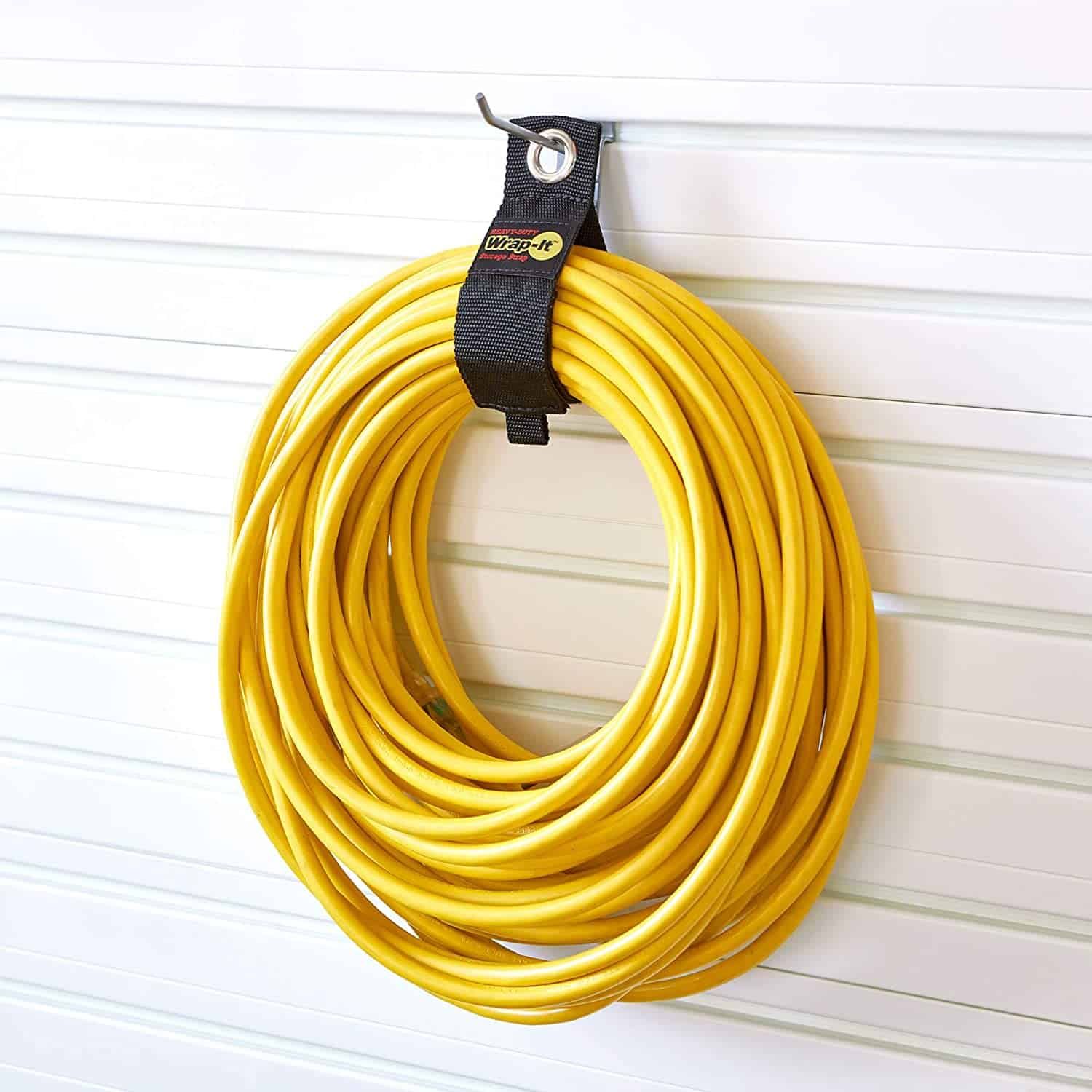
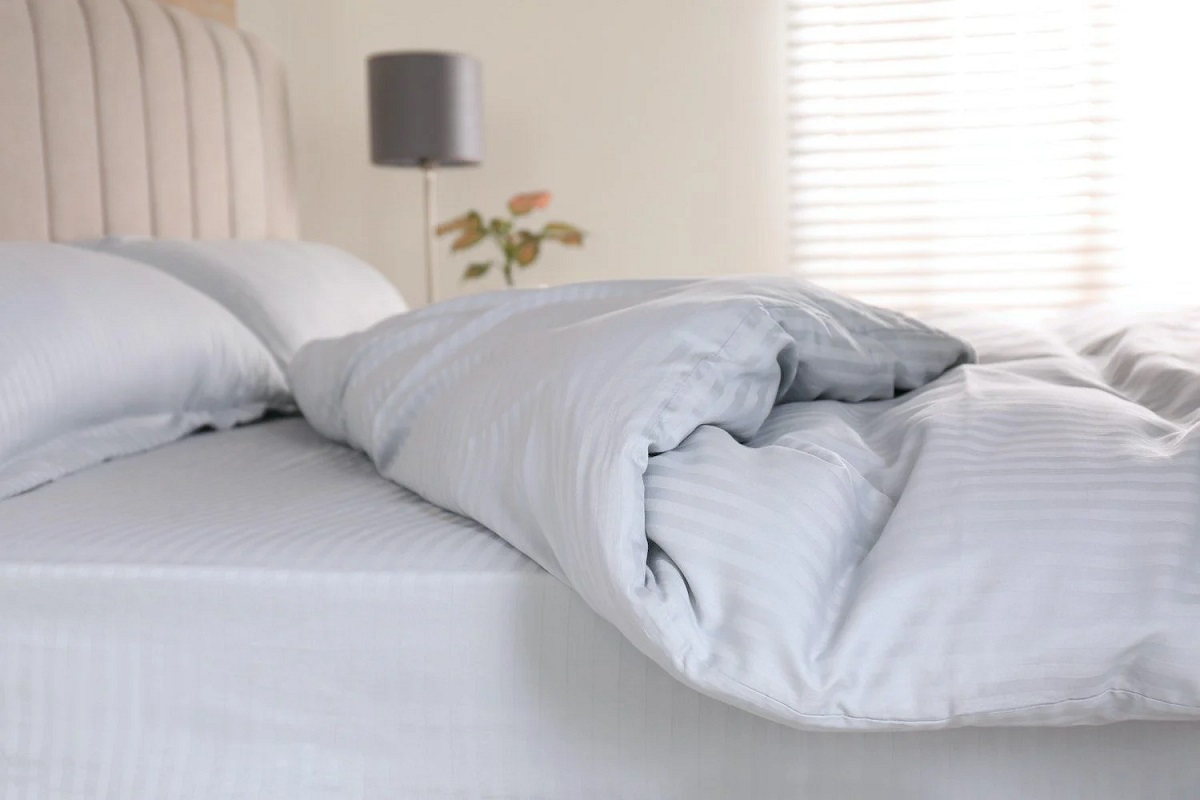
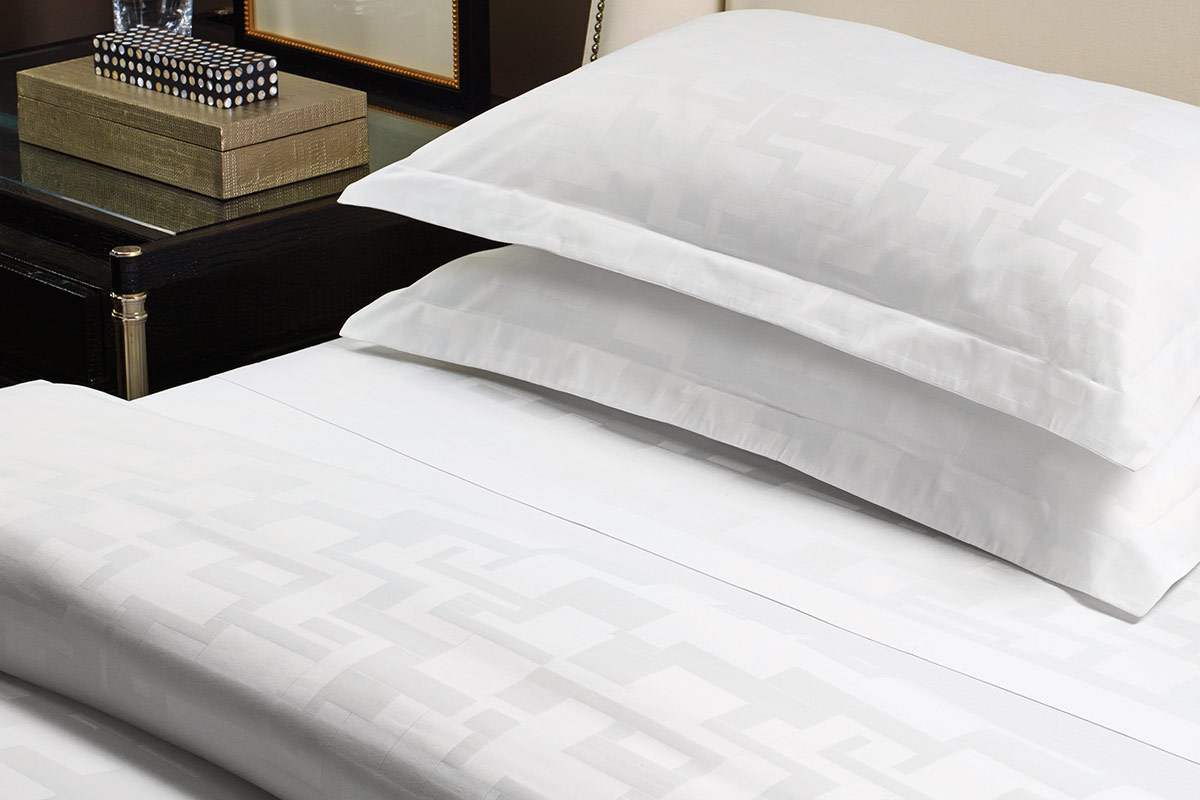
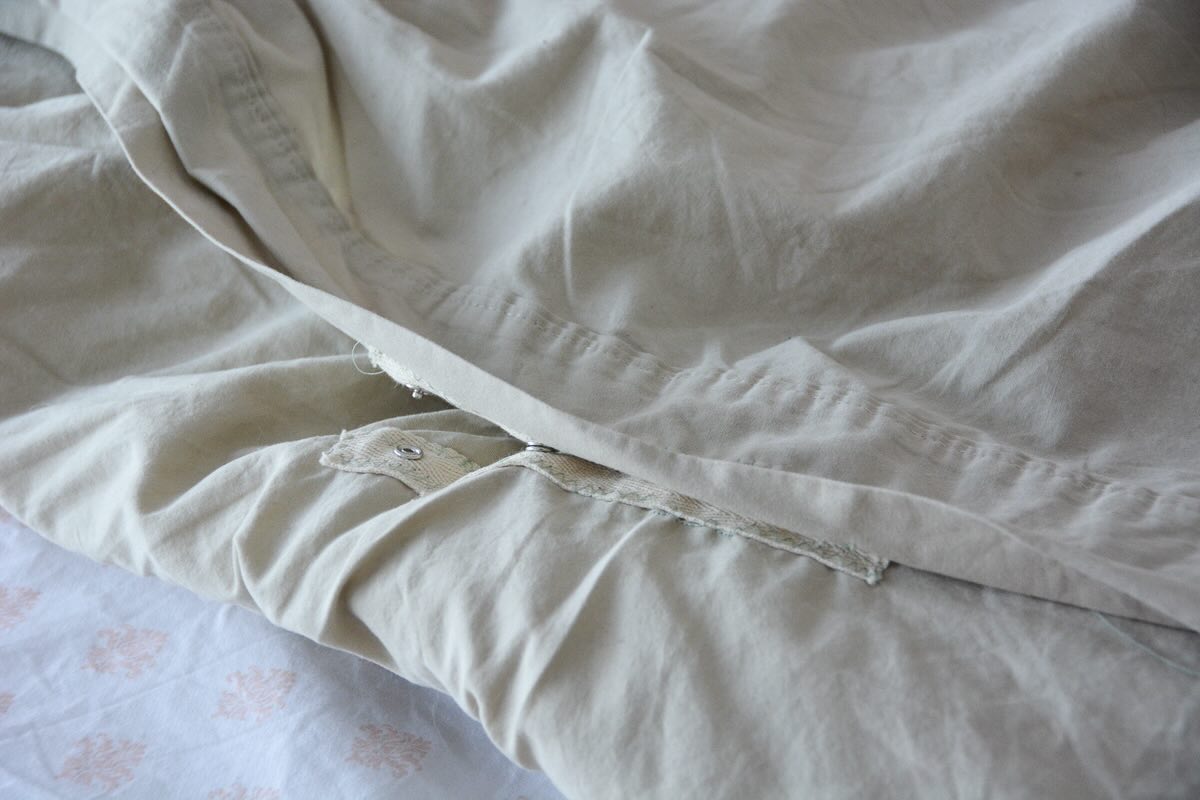



0 thoughts on “How To Stop A Duvet Cover From Tangling In The Dryer”